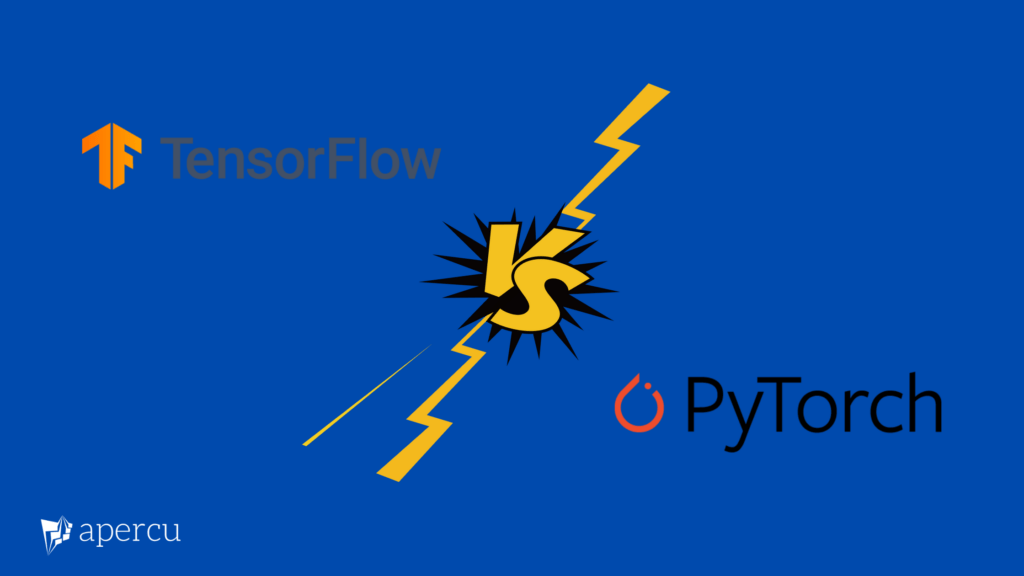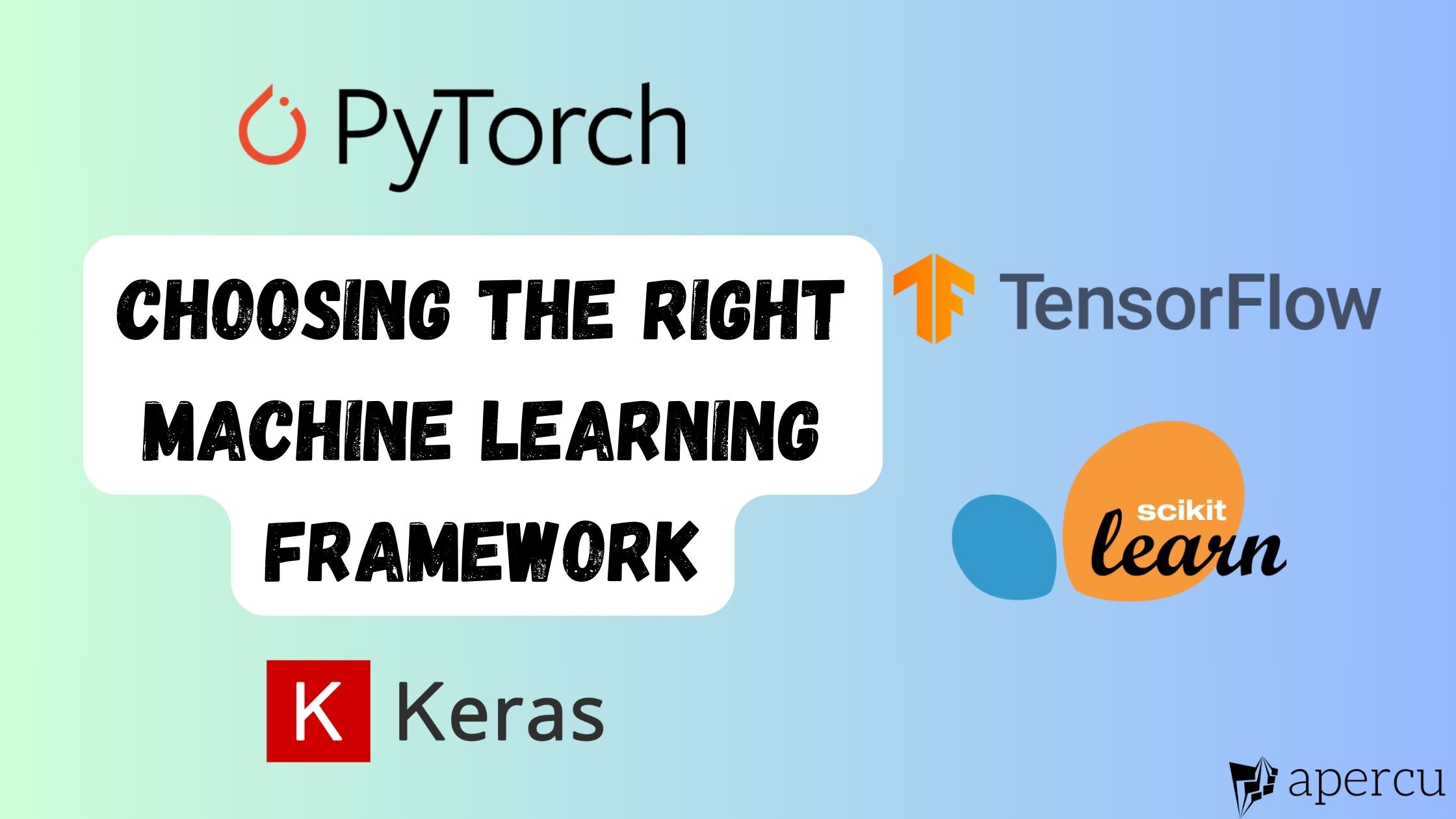JavaScript is traditionally known for web development. However, it has evolved to become a versatile language for data science. With the advent of powerful libraries and frameworks, JavaScript is now a viable option for data manipulation, visualization, and analysis. In this guide, we’ll explore a range of JavaScript libraries tailored for data science tasks and provide practical examples and real-world applications.
This guide provides an introductory guide on using JavaScript libraries for data visualization, machine learning, and interactive data analysis. It explains how these libraries enable data scientists to perform complex tasks directly in the browser, eliminating the need for additional software or plugins.
NumJS
NumJS is a library for numerical computing in JavaScript, similar to NumPy in Python. It provides powerful tools for working with multi-dimensional arrays and performing mathematical operations. NumJS allows developers to efficiently perform complex mathematical computations in JavaScript, making it a valuable tool for scientific and data-intensive applications. With its intuitive syntax and extensive range of functions, NumJS simplifies the process of manipulating and analyzing large datasets. Whether it’s matrix operations, statistical analysis, or machine learning algorithms, NumJS empowers JavaScript developers to tackle numerical computing tasks with ease and efficiency.
Example – Creating an Array and Performing Operations.

NumJS is a versatile tool for real-world applications, particularly in matrix operations, linear algebra, and numerical computations in machine learning algorithms. It offers efficient functions for complex calculations on large datasets, handles high-dimensional arrays, and is compatible with popular libraries like TensorFlow and PyTorch.
D3.js (Data-Driven Documents)
D3.js is a powerful library for data visualization. It allows you to bind data to a Document Object Model (DOM) and apply data-driven transformations. With D3.js, you can create interactive and dynamic visualizations that are highly customizable. It provides a wide range of functions and methods for manipulating and animating elements based on the data. Whether you need to create simple bar charts or complex network diagrams, D3.js is the go-to tool for creating stunning data visualizations on the web.
Example – Creating a Bar Chart.

D3.js is a powerful tool for creating interactive data visualizations for web applications and dashboards. It offers a range of tools and features for developers to manipulate and present data visually appealingly. Users can easily create charts, graphs, maps, and other visual elements, making it an essential tool for businesses and organizations.
ML5.js
ML5.js is a machine learning library built on TensorFlow.js, offering pre-trained models and tools for training custom models in the browser. It is a powerful tool for developers and researchers to implement machine learning algorithms in web applications. It integrates with TensorFlow.js, allowing users to use deep learning models without extensive coding knowledge. ML5.js supports image classification, object detection, and natural language processing, and its support for training custom models allows users to fine-tune algorithms to suit their specific needs, thereby expanding machine learning possibilities in web development.
Example – Image Classification with MobileNet

ML5.js is a powerful tool for creating browser-based machine learning applications, enabling tasks like image and speech recognition, sentiment analysis, and more. It enables developers to create innovative applications, build voice assistants, and analyze customer feedback for informed decision-making.
PapaParse
PapaParse is a powerful CSV parsing library in JavaScript. It allows you to easily parse and manipulate CSV data. With PapaParse, you can efficiently handle large CSV files and extract specific information from them. Its user-friendly API makes it simple to convert CSV data into JSON objects or arrays, providing flexibility for further data processing. Whether you need to import data into a database or perform complex data analysis, PapaParse is a reliable tool that simplifies the process and enhances efficiency in handling CSV data.
Example – Parsing CSV Data.

PapaParse is a valuable tool for data preprocessing in web applications, particularly in data analysis. It allows analysts to read and manipulate CSV files, extracting and transforming data before statistical analyses. This saves time and effort by automating the data preprocessing step, allowing analysts to focus on data analysis and interpretation. PapaParse’s efficient handling of large datasets makes it an ideal choice.
Synaptic
Synaptic is a neural network library for JavaScript. It provides a flexible and powerful framework for building and training neural networks. With Synaptic, developers can easily create and customize different types of neural networks, such as feedforward, recurrent, and self-organizing maps. The library also offers a wide range of built-in activation functions and learning algorithms, making it suitable for various machine-learning tasks. Additionally, Synaptic supports both browser-based and server-side execution, allowing for seamless integration into web applications and backend systems.
Example: Creating a Simple Neural Network

Synaptic is a versatile neural network tool used in pattern recognition, classification, and regression tasks in fields like computer vision, natural language processing, and data analysis, enabling accurate object identification, human language understanding, and large dataset predictions.
Conclusion
JavaScript has come a long way in becoming a powerful language for data science. These libraries provide a strong foundation for tasks ranging from data manipulation and visualization to machine learning. By leveraging these tools, you can unlock new possibilities for data-driven applications directly in the browser. With the ability to process and analyze large datasets using JavaScript, data scientists can now perform complex calculations and generate insights without the need for server-side computation. Additionally, visualizing data in the browser allows for easy sharing and collaboration, making it more accessible to non-technical stakeholders. As machine learning algorithms become increasingly optimized for JavaScript, the potential for building intelligent, interactive web applications driven by data science is continuously expanding.
Getting started in Data Science? Click here



